| Going the Distance: Tearing Down the 1500 Meters |
| By: Scott L. Christensen
Originally Published in: Techniques Magazine Provided by: USTFCCCA The 1500 meter race is considered one of the most exciting cornerstone events in any major track and field meet by athletes, coaches, and spectators alike. The race is characterized by a breath-taking early pace, plenty of competitive surging, a wicked critical zone, and a need to maintain biomechanical efficiency over every meter of the distance. Physiologists consider the 1500 meters a combined zone event and their findings suggest coaches train their athletes in a manner that maximizes concurrent development of both the aerobic and anaerobic energy systems. Over the years scientists have tried to approximate the combination of energy delivery from both metabolic systems for racing the 1500 meters and have settled on an energy contribution (for most fit people at exhaustive race pace) of 65% aerobic, 31% glycolytic anaerobic and 4% alactic anaerobic. With these percentages in mind it is hard to understate the importance of training all aspects of the energy systems in 1500 meter runners. Most distance runners are self-selected in the playground at a young age. Faster, stronger kids sprint and do related sports, while slower, less coordinated kids chose endurance related activities. When the endurance labeled kids come out for the distance team they need to shore up what they are not so good at if they are to be successful. In elite 1500 meter athletes the line between sprint type and endurance type is not so distinctive, even at a young age. Training athletes for any sport requires a planned balance of activities that stimulate development in the five areas of physical skills: coordination, flexibility, strength, speed, and endurance. Training for the 1500 meters specifically requires improvements in all five of these areas because of its unique combination of a punishing aerobic pace and a speed component at the end that rivals many sprint events. While the aerobic portion delivers more than half the energy needed for the race, it is usually the factors associated with the anaerobic portion (speed and speed endurance) where most emerging to elite 1500 meter runners need the bulk of development and attention.
Most coaches have a means for taking accurate split times over segments of a 1500 meter race for their athletes. Under the demanding conditions of a race a great deal of performance data can be gleaned from these values. While the athletes may be interested in these split times as a curiosity, the real value lies in what the coach can derive from them and then use in setting up training plans or adjusting race strategy. The 2016 Olympic Trials in Eugene, Oregon featured most of the best 1500 meter runners in the United States. The field included Olympic (Leo Manzano) and World Championship (Matthew Centrowitz) medalists among others that had achieved the 2016 Olympic qualifying mark. Since the meet carried such importance, examining the split times of the best 1500 meter runners in America under such critical conditions should reflect back on the runner's characteristics and fitness, and the nature of the race itself. By taking a statistical look at these great runners, it could lead to conclusions that all coaches might take back to their own training group and point out "how the best do it." In other words: This is what it takes.
In the 2016 USA Olympic Trials 1500 Men's Final, 2.53 seconds separated racers one through four at the finish. With only three Olympic Games slots available it was a competitive race to the end among four somewhat equal performers. Table 1 indicates the first three 400 meter segment elapsed times and segment split times followed by the last 300 meter portion. The four individuals have variable racing styles. At first glance it appears one runner values the evenness of the early race pace, while one pushes the early to middle segments and tries to hold on, while the remaining two individuals like to close hard off a faster and faster pace. (See Table 1) 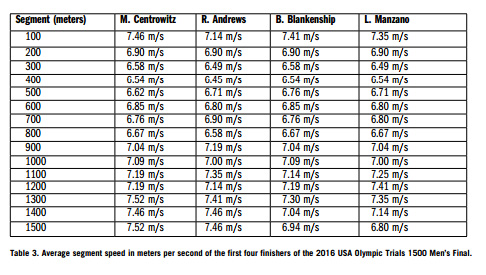 Scrutinizing 400 meter split times for elite middle distance racers in high pressure situations is valuable for a macro discussion on tactics, athlete strengths and weaknesses, and future training emphasis, but zooming down to the fifteen 100 meter segment times of a 1500 meter race shows the race in a lot more detail. It will basically tell the story of how and when the race was won or lost. An array of data like Table 2 shows a comparison of the 100 meter segment times in seconds for the same four 1500 meter runners at the 2016 USA Olympic Trials 1500 Final for Men. (See Table 2) The winner of the 2016 USA Men's Olympic Trials 1500 Meters Final was Matthew Centrowitz. During the race he ran the fastest 100 meter segment among the top four finishers at 13.3 seconds, which he ran both during the thirteenth and fifteenth segments. Mr. Centrowitz also had the most sub 14 second 100 meter segments at six. These were his first and last five 100 meter segments. Second place finisher Robbie Andrews ran four sub 14 second 100 meter segments which were four of the last five of the race. He could not catch Mr. Centrowitz who had built a lead earlier in the race as the two virtually matched their speed over the last five segments. Third pace finisher Ben Blankenship ran three sub 14 second 100 meter segments of the race among the first four finishers. These were his first, twelfth and thirteenth segments. His first 100 meters at 13.5 seconds was the second fastest segment run during the first twelve segments of all four runners combined. It is evident Mr. Blankenship possesses the speed to run well under 14 seconds, he just could not do it when he was very tired over the last few segments of the race. Mr. Manzano finished fourth in the race and barely missed qualifying for the Olympic Games, he also ran three 100 meter segments under 14 seconds and they were the first, eleventh, and thirteenth portions. His overall fastest segment of 13.6 seconds was the slowest of the four competitors fastest efforts. It is useful to take 100 meter segments of the 1500 meter race one step further and calculate segment speed for each of the runners in meters per second which can then be used to compare against one another in the race. This calculation and type of data set has been used for years by sprint coaches. When Usain Bolt ran his World Record 9.58 second 100 Meter World Record, people asked how he did it. Calculating meter per second values for the ten 10 meter segments of the race showed Mr. Bolt ran a top end speed of 12.20 meters per second which he held for segments six, seven and eight. Nobody had ever run so fast that deep into the 100 meters. That is how he did it. Table 3 shows the same analysis can be done for the 1500 meters, but in 100 meter segments. (See Table 3) Each of the four runners ran faster than seven meters per second over the first 100 meters before settling into a pace in the mid six meters per second range for the next seven 100 meter segments. Each of their paces was anything but steady pace which is indicative of a racing model that may set up projected ideal 400 meter splits, but the segments within reflect the give and take of racing. After the 800 meter mark all four racers mainly settled into a pace faster then seven meters per second. Mr. Centrowitz continued to get faster and faster on each segment with only the fourteenth portion slowing just a fraction. The other three competitors tried to do the same but only Mr. Andrews was able to achieve his fastest speed of the day, outside of the first 100 meters, at the end of the race. Both Mr. Blankenship and Mr. Manzano were not able to maintain a velocity of seven meters per second over the last 100 meters with the former slowing slightly less then the latter, but creating the illusion he was out-kicking him.
Scott Christensen has been the Boys Cross Country and track and field coach at Stillwater High School (MN) for over 30 years. He currently heads up the Track & Field Academy's Endurance program and serves as the program's lead instructor, |
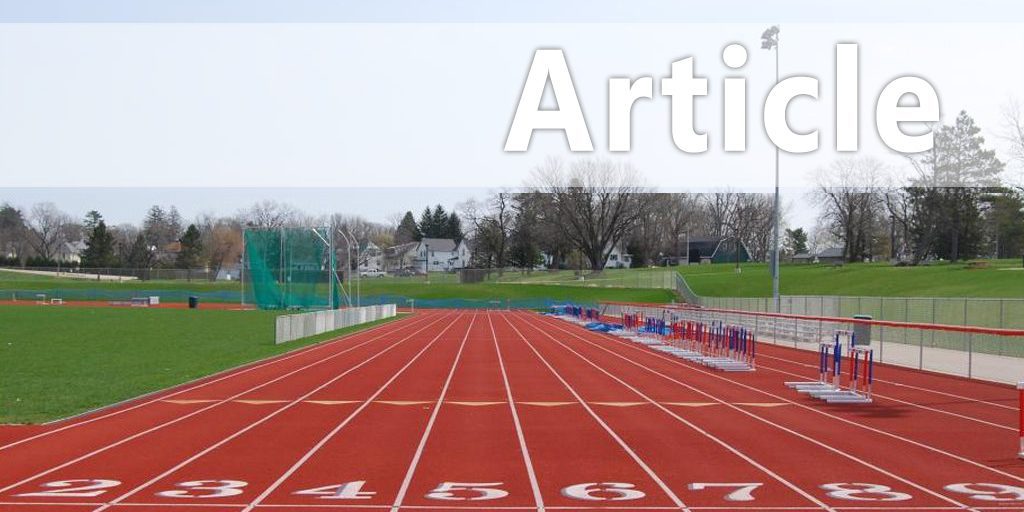



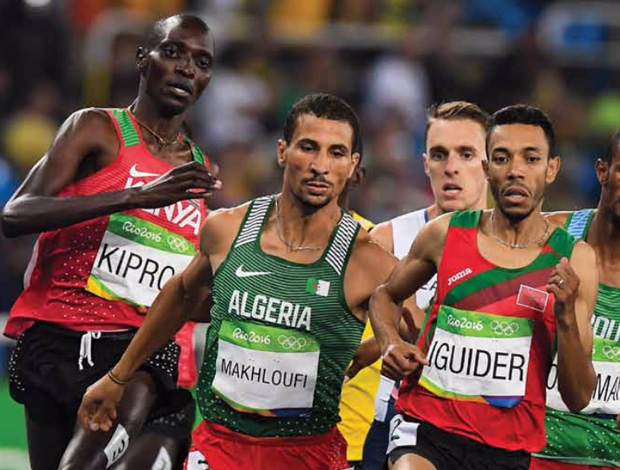
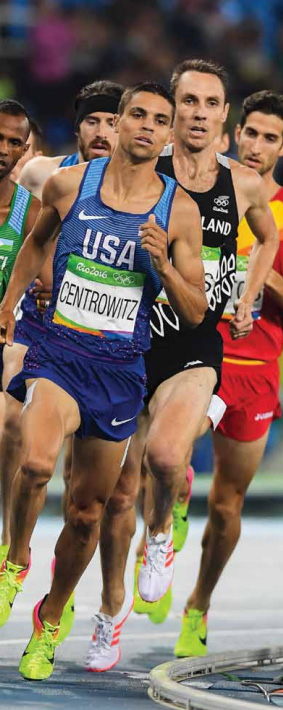 Once coaches understand the demands of the 1500 meter race itself, it is necessary to profile their athletes that are interested in becoming 1500 meter runners so that a balanced training scheme can be devised to address the weaknesses of the individuals. Does a runner have a difficult time sustaining the early and middle portions of the race? Does their ability to close fast over the last 500 meters wane when tired? Do they lack foot speed? Does their form fall apart from the middle segments of the race to the end? All of these questions act as variables in understanding the progression and development of an athlete running the 1500 meters.
Once coaches understand the demands of the 1500 meter race itself, it is necessary to profile their athletes that are interested in becoming 1500 meter runners so that a balanced training scheme can be devised to address the weaknesses of the individuals. Does a runner have a difficult time sustaining the early and middle portions of the race? Does their ability to close fast over the last 500 meters wane when tired? Do they lack foot speed? Does their form fall apart from the middle segments of the race to the end? All of these questions act as variables in understanding the progression and development of an athlete running the 1500 meters.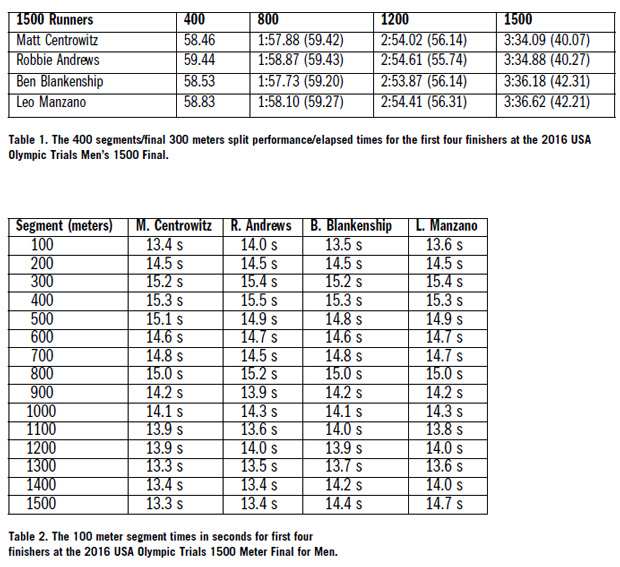
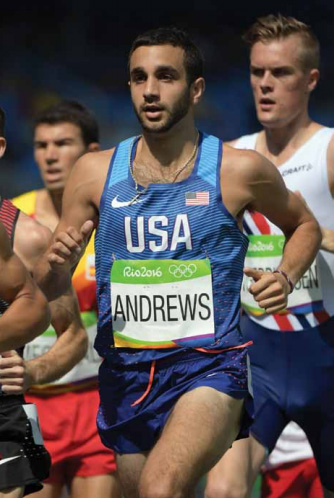 The 1500 meters is a race that is completed with a considerable strain on the anaerobic glycolytic energy system. Upwards of 15 mmol/L of lactate are produced and must be tolerated over a length of time much greater than either the 400 or 800 meter events but with similar high lactate concentrations. Once lactate fatigue sets in speed begins to slow as coordinated muscle contractions are compromised. There are three key training schemes that are helpful in dealing with the onset and tolerance of high lactate fatigue. The first is to harden the aerobic system with frequent bouts of running at, slightly above, and considerably above lactate threshold pace. By running longer bouts of exercise at 4 mmol/L to 7 mmol/L of lactate it will prepare the racer for the rigor of the 1500 meter comfort zone before the onset of the very high lactate critical zone. The second is to train often at the high lactate values that are produced in the latter stages of the 1500 meters with frequent bouts of Special Endurance 2 exercises. The third is to get faster at 100 meters when fresh. Train like a sprinter some days. Improve sprint mechanics, coordination and flexibility so that overall speed becomes faster. Everything else being equal the faster a 1500 meter runner is over 100 meters fresh (measured in meters per second), then the greater ability to fractionalize that speed over the fifteen 100 meter segments of the race. Speed (30-60 meters on the fly) and speed endurance workouts (60-150 meters) done often are important components in training the 1500 meter runner to achieve this improvement in speed.
The 1500 meters is a race that is completed with a considerable strain on the anaerobic glycolytic energy system. Upwards of 15 mmol/L of lactate are produced and must be tolerated over a length of time much greater than either the 400 or 800 meter events but with similar high lactate concentrations. Once lactate fatigue sets in speed begins to slow as coordinated muscle contractions are compromised. There are three key training schemes that are helpful in dealing with the onset and tolerance of high lactate fatigue. The first is to harden the aerobic system with frequent bouts of running at, slightly above, and considerably above lactate threshold pace. By running longer bouts of exercise at 4 mmol/L to 7 mmol/L of lactate it will prepare the racer for the rigor of the 1500 meter comfort zone before the onset of the very high lactate critical zone. The second is to train often at the high lactate values that are produced in the latter stages of the 1500 meters with frequent bouts of Special Endurance 2 exercises. The third is to get faster at 100 meters when fresh. Train like a sprinter some days. Improve sprint mechanics, coordination and flexibility so that overall speed becomes faster. Everything else being equal the faster a 1500 meter runner is over 100 meters fresh (measured in meters per second), then the greater ability to fractionalize that speed over the fifteen 100 meter segments of the race. Speed (30-60 meters on the fly) and speed endurance workouts (60-150 meters) done often are important components in training the 1500 meter runner to achieve this improvement in speed.


